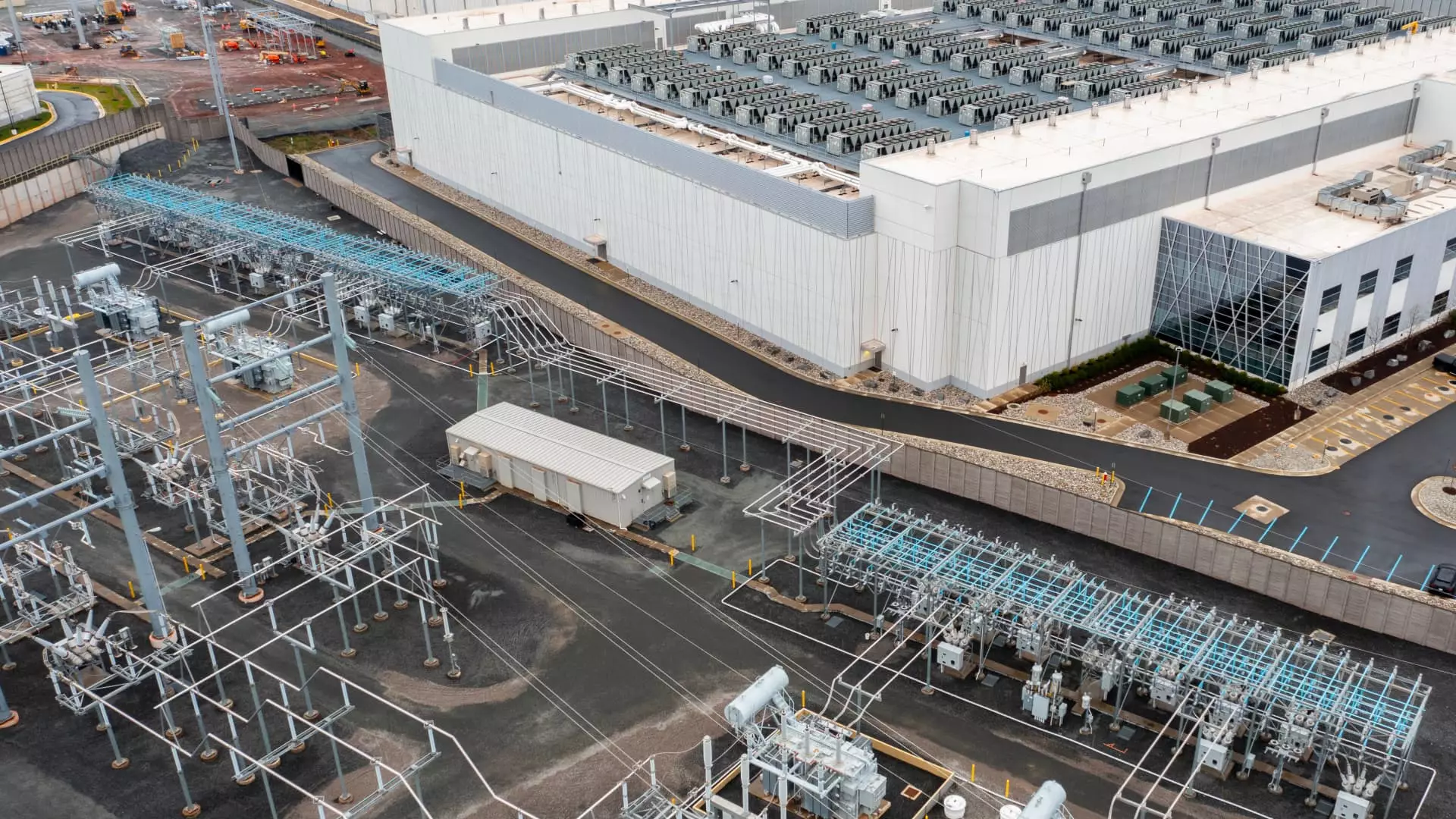In recent years, the rapid growth of technology companies, particularly those focused on artificial intelligence (AI) and cloud computing, has led to an unprecedented surge in energy consumption. Data centers, which serve as the backbone for these burgeoning technologies, require vast amounts of electricity for their operations. This insatiable appetite for energy has prompted tech firms to explore innovative solutions, including partnerships with nuclear power providers. Nuclear energy, known for its reliability and low carbon emissions, seemed like a match made in heaven, aimed at meeting the dual goals of ensuring energy security and environmental sustainability. However, a recent regulatory decision has thrown a wrench in these plans, indicating that the journey toward harmonizing technology and nuclear power may be more challenging than anticipated.
The Federal Energy Regulatory Commission (FERC) made headlines by rejecting a proposal that would have allowed the Susquehanna nuclear plant in Pennsylvania to supply more power to an Amazon data center campus. Talen Energy, the previous owner of the data center, had anticipated a significant increase in power allocation from 300 megawatts to 480 megawatts to support its operations for Amazon, after selling the campus for a staggering $650 million. The ruling not only affected Talen’s stock, which fell sharply, but also had a ripple effect on other energy providers like Constellation Energy and Vistra Corp. This decision symbolizes a critical roadblock for tech companies relying on stable and efficient energy sources for their expansive data operations.
FERC Commissioner Mark Christie expressed concerns that the denial could jeopardize not only grid reliability but also consumer costs. Such perplexing regulatory decisions raise vital questions about the balance between technological advancement and the existing infrastructure within the energy sector. Talen Energy lamented the chilling effect on economic growth in states such as Pennsylvania, New Jersey, and Ohio, hinting at potential future investments and developments that could take a back seat due to regulatory constraints. The rejection signifies a critical juncture where ambitious technological aspirations collide with regulatory frameworks that are seemingly ill-equipped to handle the swift evolution of energy demands.
Interestingly, while the FERC’s ruling stood as a roadblock for the Talen-Amazon initiative, it does not impede Constellation’s plans for its Three Mile Island plant, scheduled to resume operations in 2028. This move demonstrates that the path towards integrating nuclear power with tech operations is not entirely blocked. Still, uncertainty looms as other energy companies explore similar arrangements. Vistra and Constellation are under pressure to devise alternative strategies to align their energy output with the growing needs of tech giants. As they consider partnerships, the reluctance of regulatory bodies to support innovative arrangements could stifle new energy solutions that promise to alleviate the escalating energy demands.
The rejection by FERC highlights an urgent need for reassessment of regulatory policies that pertain to new energy partnerships, especially as AI and cloud computing continue to evolve. Tech companies are increasingly recognizing the role of nuclear energy as a cornerstone of their strategies for handling energy consumption responsibly. The positive performance of stocks like Vistra, which have surged due to expectations around energy consumption from tech firms, illustrates the market’s optimism regarding these potential partnerships. Nevertheless, regulatory setbacks tarnish this optimistic outlook, indicating the need for a more collaborative approach between regulatory entities, energy providers, and tech companies.
The landscape of energy and technology is undergoing a major transformation, but it is fraught with challenges. The FERC’s refusal to approve increased power allocation to Amazon’s data center illustrates a critical barrier that technology companies must navigate as they seek sustainable energy solutions to meet their growing demands. As the intersection of technology, energy, and sustainability continues to evolve, effective dialogue between all stakeholders—including regulators, companies, and consumers—becomes necessary to pave the way for a future where technological advances do not conflict with regulatory frameworks. The road ahead may be filled with obstacles, but it is crucial for industries to innovate and collaborate in navigating these complexities in pursuit of a common goal: a sustainable, efficient future powered by reliable energy sources.


Leave a Reply